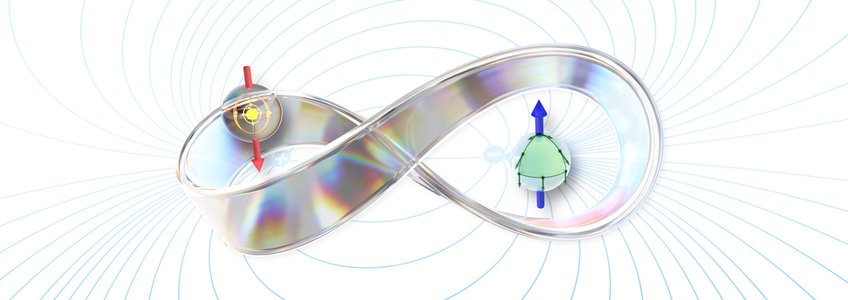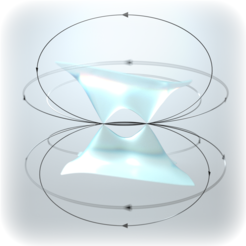
Quantum Materials Thin Films - E. Lesne
The Quantum Materials Thin Films group focuses on the growth of thin films with novel properties. We aim to understand and control the structural, magnetic and electronic properties of thin films and heterostructures employing of magnetron sputtering and molecular beam epitaxy methods. Many new phenomena and devices are under study including materials that display unique magnetic textures, such as noncollinear magnetism and antiskyrmions, hard magnetic materials for permanent magnets and spintronic applications, and materials that show exotic transport properties due to topological states.

One of our research interests is on the topological magnetic Weyl semimetals, which exhibit novel Berry-curvature driven phenomena. One must understand the dependence of the transport properties from the bulk-like films to the thin film limit, to fully utilize the topological properties in device systems. In the thin film limit, the properties of the surface play a significant role due to the intrinsic topology nested in the electronic structure. The fabrication of novel compounds with predicted topological properties, with their optimization in regard to the electronic structure and the integration into heterostructures, allow for the advanced study of efficient transport properties, such as the quantum anomalous Hall effect.

Magnetic skyrmion hosting compounds are currently an exciting and emergent avenue for spin-orbitronics with a possibility for next generation device applications. These magnetic textures host a real-space Berry-curvature with novel Hall transport. They combine topological stability, direct current-induced manipulation, and materials engineering, as some of their key features towards this goal. Recently, antiskyrmions were found in the tetragonal Heusler compounds Mn1.4PtSn and Mn2RhSn to be stable in a large field range and above room temperature. Heusler compounds can be easily tuned by chemical substitution, with control of the exchange and spin-orbit interactions, therefore one can tune the range of these antiskyrmion phases and the transport responses associated with them.

We are also active in the field of antiferromagnetic spintronics. Noncollinear antiferromagnets, such as Mn3Z (Z = Ir, Ge, Sn) exhibit novel Berry-curvature driven phenomena that are of interest to the cutting-edge field of topological antiferromagnetic spintronics. We explore the intersecting physical phenomena in thin films of these compounds and clarify their origin in terms of chiral spin texture, antiferromagnetic domain structure, and momentum- vs real-space Berry phases more widely interested in the physics of topological magnetism. Measurements in thin-film samples allow for the continued exploration of topologically driven physical effects, whilst allowing the application of these materials to be extended into functional devices. We use lithographically patterned devices, for example, to study the anomalous Hall and spin Hall effects caused by Berry curvature and spin-orbit torques (SOT) in exchange biased Mn3Z/ferromagnet heterostructures.
Our group has extensive collaboration with the Skyrmionics, Topological Transport Theory Groups for theory support, the Nanostructured Quantum Matter Group for novel devices and nanostructures, and other experimental groups inside the MPI CPfS and around the world.


